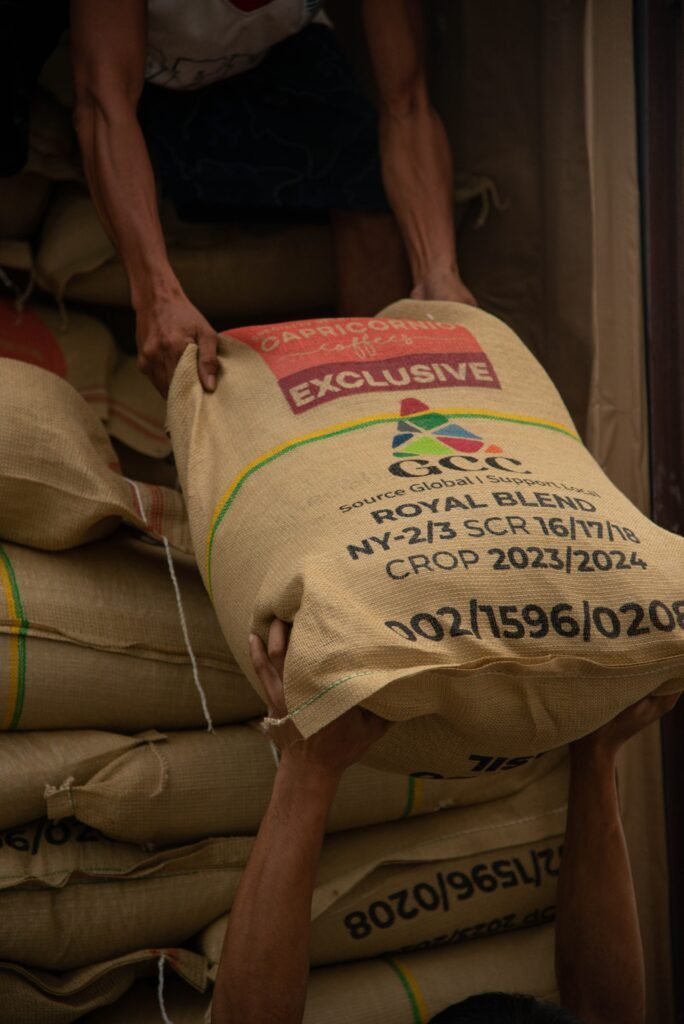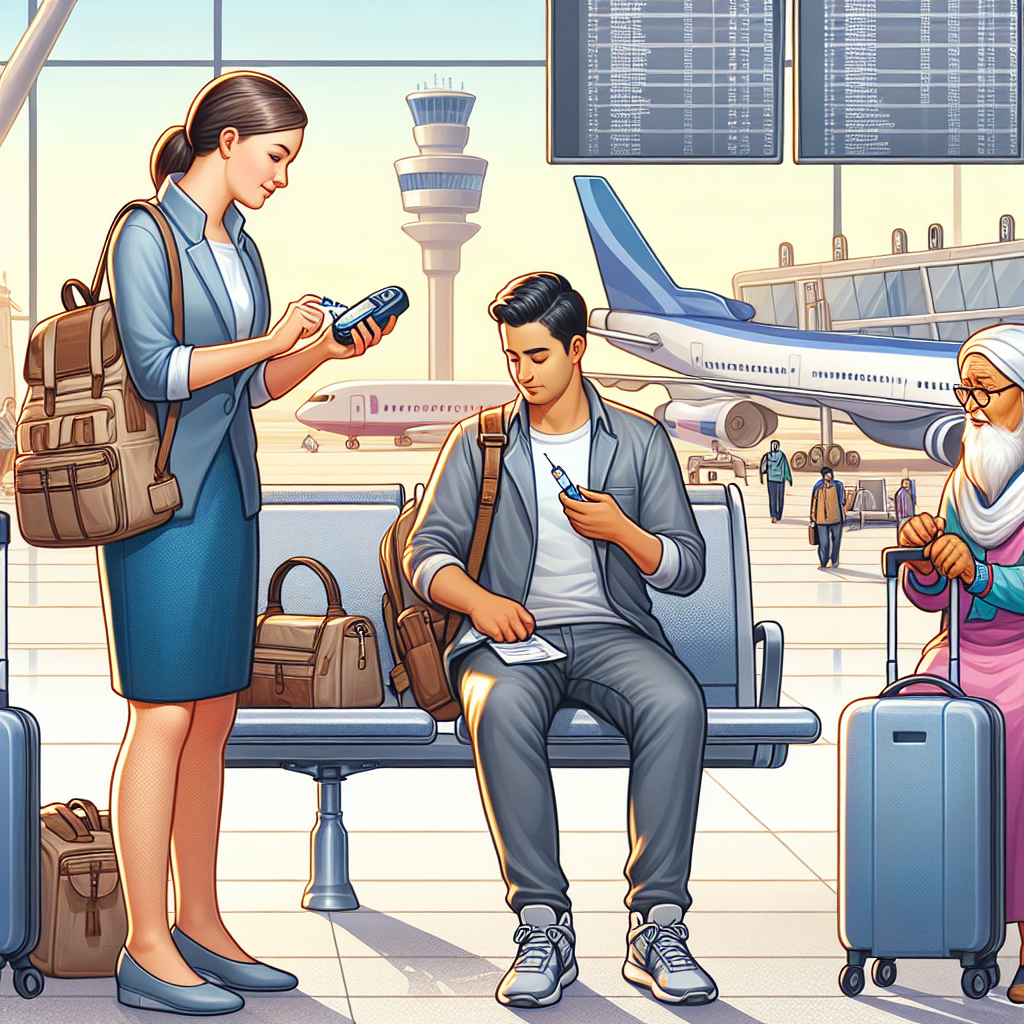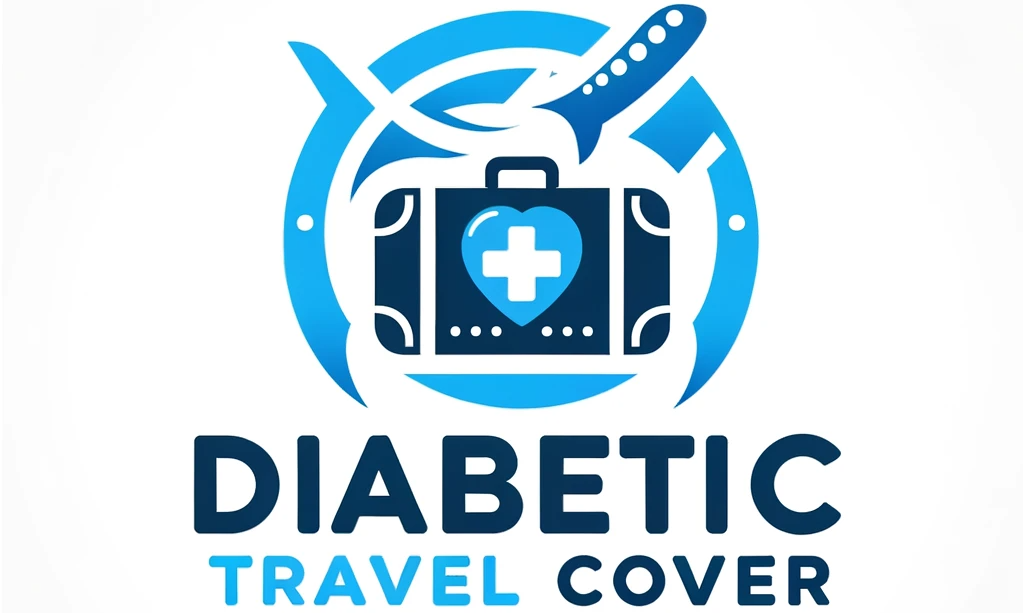Living with diabetes can present unique challenges, especially when it comes to traveling. If you’re wondering about the rules and regulations set by the Transportation Security Administration (TSA) for passengers with diabetes, this article has got you covered. Discover the essential information you need to know in order to navigate airport security checkpoints smoothly and ensure your diabetes management supplies are properly handled. From carrying your insulin and glucose monitoring equipment to notifying TSA officers, we will break down all the necessary requirements to make your next trip stress-free.

TSA Regulations for Diabetes Supplies and Medications
Traveling with diabetes can sometimes be challenging, but with a little preparation and understanding of the Transportation Security Administration (TSA) regulations, you can have a smooth and hassle-free journey. TSA has specific guidelines in place to ensure the safety and accessibility of diabetes supplies and medications during air travel. In this article, we will discuss the regulations for various diabetes-related items, from insulin and other injectable medications to non-injectable medications, blood glucose monitoring systems, syringes and sharps, gel packs and coolers, prescription labels, carrying diabetes supplies, travel documentation, and the security screening process.
Insulin and Other Injectable Medications
Quantity Limits
When it comes to carrying insulin and other injectable medications, there are no quantity limits imposed by the TSA. You are allowed to bring as much as you need for the duration of your trip. It’s essential to pack enough supplies to account for any potential delays or unexpected circumstances.
Packing and Storage
It is crucial to properly pack and store your insulin and other injectable medications. Keep them in their original packaging, clearly labeled with your name and prescription details. If possible, use an insulated bag or a travel cooler to keep them at an appropriate temperature during your journey. Avoid storing insulin in checked baggage as temperature fluctuations in the cargo hold may affect its effectiveness.
Traveling with Pre-Filled Insulin Pens
If you use pre-filled insulin pens, ensure that the needle tip is covered, and the cap is securely attached to prevent accidental needle sticks. You may carry these pens in your carry-on bag or your checked luggage, whichever you find more convenient.
Non-Injectable Medications
Packing and Storage
For non-injectable medications, such as oral medications, the same packing and storage guidelines apply. Keep them in their original packaging or prescription bottles, clearly labeled with your name to avoid any confusion. It’s a good idea to bring extra medication in case of any unforeseen circumstances or delays.
Traveling with Oral Medications
Oral medications can be packed in your carry-on or checked luggage, depending on your preference. However, it is recommended to keep essential medications with you in your carry-on bag for easy accessibility during the flight.
Blood Glucose Monitoring Systems
Packing and Storage
Blood glucose monitoring systems, including glucose meters, test strips, and lancets, are permitted in both carry-on bags and checked luggage. Just make sure they are easily accessible for additional screening if required. To protect your glucose monitor and other supplies, keep them in a travel case or a clear, resealable plastic bag.
Insulin Pumps and CGMs
If you use an insulin pump or a continuous glucose monitoring (CGM) system, you are allowed to wear them throughout the screening process. However, you must inform the TSA officer about these devices before proceeding through the security checkpoint. They may require additional screening procedures, but you can request a private screening if you prefer.

Syringes, Lancets, and Other Sharps
Packaging and Disposal
Syringes, lancets, and other sharps are necessary for many individuals with diabetes. To ensure their safe transport, place them in a sharps container or a puncture-resistant plastic container. Make sure it is securely closed to prevent any accidental needle sticks. Remember to dispose of these sharps properly at your destination, following local regulations.
Carrying Sharps
To carry syringes, lancets, or other sharps, you must have them accompanied by medication or a medical condition. It is recommended to inform the TSA officer about the presence of these items before the screening process begins. A medical professional’s note or a prescription may also be helpful to demonstrate the necessity of these supplies.
Gel Packs and Coolers
Rules for Gel Packs and Ice Packs
Gel packs and ice packs are permitted in both carry-on bags and checked luggage. They must be frozen solid when going through security, as they may be subject to additional screening if partially melted. TSA allows frozen gel packs to help maintain the temperature of medications like insulin during the journey.
Using Coolers for Insulin and Medications
If you are carrying insulin or other medications that require refrigeration, you may use a cooler or an insulated bag to keep them at the appropriate temperature. Make sure the cooler is easily accessible for inspection, and remember that only frozen gel packs are allowed, not dry ice.

Prescription Labels
Importance of Proper Labeling
Proper labeling of diabetes supplies and medications is crucial to avoid any confusion or misunderstandings during the security screening process. Ensure that your prescription labels or pharmacy packaging clearly display your name, the medication’s name, and the prescribing healthcare provider’s information. This information helps the TSA officers understand the purpose and authenticity of these items.
Required Information
The prescription labels or pharmacy packaging should also include details about the medication’s dosage instructions, such as the strength and frequency of use. Having this information readily available can prevent any delays or additional questioning.
Carrying Diabetes Supplies
Carry-On vs Checked Bags
Most diabetes supplies and medications can be carried in your carry-on bag. It is recommended to keep them with you for easy accessibility during the flight. However, if you have larger quantities of supplies or medications that are not needed during the flight, you may also pack them in your checked luggage. Regardless of your preference, always remember to pack them in an organized manner to facilitate the screening process.
Accessibility During the Flight
When packing your diabetes supplies, ensure that they are easily accessible during the flight. This accessibility allows you to monitor your blood sugar levels, administer insulin if necessary, and respond to any potential emergencies promptly. Keep them within reach in your carry-on bag or personal item.

Travel Documentation
Prescription Certificates
Although not mandatory, it can be helpful to carry a copy of your prescriptions or a certificate from your healthcare provider when traveling with diabetes supplies and medications. These documents can serve as additional proof of need and facilitate the screening process, especially when traveling internationally.
Letter from the Healthcare Provider
If you use an insulin pump or CGM, it may be beneficial to have a letter from your healthcare provider explaining the necessity and functionality of the devices. This letter can help clarify any concerns or questions raised during the security screening process.
Security Screening Process
Informing the TSA Officer
To ensure a smooth screening process, it is important to inform the TSA officer about your diabetes supplies and medications before the screening begins. This advance notification allows them to provide any necessary guidance and assistance throughout the process. Remember, TSA officers are there to help and ensure your safety.
Screening of Diabetes Supplies
During the security screening, your diabetes supplies, including insulin, blood glucose monitoring systems, and sharps, may be subject to additional screening procedures. TSA officers might swab the exterior of these items or use other methods to ensure the safety and authenticity of the supplies. Cooperate with the screening process, and if you have any concerns or specific instructions, feel free to communicate them to the officer.
Alternative Screening Options
If you have concerns about going through the standard screening process or if you are wearing an insulin pump or CGM, you have the option to request alternative screening methods such as a physical pat-down or a private screening area. Communicate your needs and preferences to the TSA officer, and they will accommodate you accordingly.
By understanding and following these TSA regulations for diabetes supplies and medications, you can ensure a smooth and stress-free travel experience. Remember to pack your supplies properly, keep them easily accessible, and communicate with TSA officers if needed. With the right preparation, you can focus on enjoying your journey while managing your diabetes with confidence. Safe travels!

